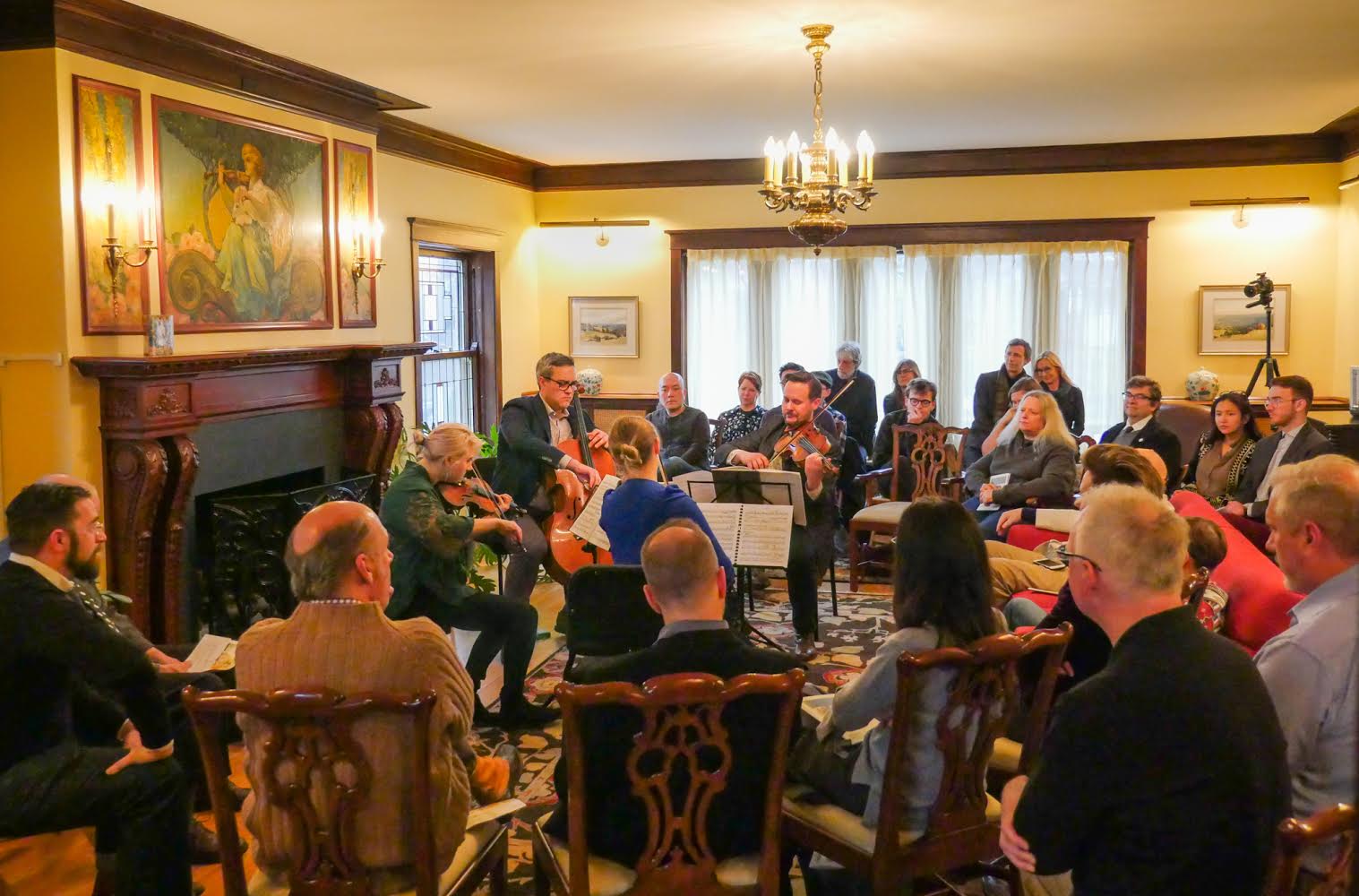(photo credit: Marc Perlish)
It’s always an interesting exercise to look back at the previous season in the summer months. Like revisiting New Year’s resolutions, it’s a good way to do a personal barometer check and hunker down for a think about questions like “In what elements were we most successful?”, “Did we accomplish what we set out to?”, “How did our goals change along the way?”, “What were our biggest learning experiences?”, “Did we make something meaningful?” Even the busiest summer feels a little like coming up for air, and it’s easy in hindsight for a reflection on the season to resemble a string of highlights and failures. This year has certainly seen it’s fair share of both of those, but I’m ending the season feeling differently about Spektral’s work than I ever have...
Like all seasons, 2017-18 was a long time in coming and was carefully planned in advance. The last few years of political and social unrest have left us raw – confused, wary, frustrated, unsettled, and with a renewed sense of commitment to celebrating diversity, and protecting things that are true. It often seemed this year like history was repeating itself, or perhaps that we as a society have not learned the lessons we should have. We’re armchair scholars of American history at best, but recent events had us thinking about how we might contribute to the current cultural climate in a more holistic way. As an ensemble that plays both contemporary and classical music, we felt that it was important to understand better, and share with our audience, the story of where we came from. The ideas for this season began with a desire to examine questions together like: “What was the path of art music across the 20th century into the present? How have we ended up with the wonderful plethora of compositional languages present in the world today?.” In so considering, we found the music of Arnold Schoenberg to be history’s forgotten link, and hence the birth of In Search of Futures Past.
Doing a string quartet cycle is a unique thing, and doing this one even more so. The explorer of atonality and creator of the 12-tone system, Schoenberg’s life and work spanned Romanticism, Expressionism, and Modernism. His four quartets are masterpieces of the repertoire, but aren’t often played – perhaps they are too out for the “traditional” string quartet, and too old-fashioned for the “new music” quartet (which made them perfect for us). Throwing ourselves into these works and contextualizing them with pieces by Schoenberg’s heroes, contemporaries, and composers inspired by his legacy was immensely satisfying. We searched for the underlying truth of his language and we progressed through these pieces in a way entirely our own. We invited friends who are experts in their fields to cast a bigger light on Schoenberg’s place in history with pre-concert talks. We invited local artists to help us create new connections: together, we paired the music of Schoenberg with a newly crafted beer inspired by a 1908 Viennese lager recipe, found shared experience through a performance at a Frank Lloyd Wright home, and explored other art forms (just like Schoenberg himself did) through painting. We collaborated with and learned from performers who have made Schoenberg a staple of their artistic lives. We worried about who would show up to our concerts of this “out there” music and had more standing-room only audiences than we’ve ever had. We took some of the programs on tour, and totally dorked out with the manuscripts of all four quartets at the Library of Congress. We printed ridiculous things on cakes and had champagne receptions. We played and sang and lived and asked questions of this music for an entire year.
Working on Schoenberg became a constant, a foundational practice that happened day in and day out no matter what else was going on. As always happens, we laughed together and cried together, but this year Schoenberg was always the soundtrack. Doyle and I had epic moves (I got a great new place, and he bought his first home!). Russ had his second child (Hi, Julian!). Maeve got to know Chicago better and absolutely killed during her first complete season. Through all of this and more, Schoenberg happened nearly every day.
On the other side of this work, I can tell you what we discovered musically: Schoenberg’s roots run deep. Across the chronological ordering of quartets 1-4, the intervals change shape, the harmonies become more abstract. But the line, the gesture, the use of dance rhythms and love of song shine through in all four quartets. However modernist his 12-tone system, to us Schoenberg will always be a true Romantic. By reading his letters and essays, I came to know his real confusion about why his music was so often misunderstood and criticized for not having heart. We’re confused about this, too.
I can also tell you what we discovered personally, and why I feel different this year than at the end of other seasons. While we may be putting Schoenberg to rest for a short while to bring out new programs for 2018-19, the wonderful feeling of process remains. One is not “done” with something when one is still growing. Finding things – like what we found in Schoenberg – sometimes gives an answer, but you can count on it to illumine more questions that make the asking more exciting, and the quest more full of energy. Cultivating these programs in these ways stretched us and made us better friends. This project made us hone in on a concept of sound, and an approach to gesture, that is like a living thing for us to take care of. This process made us think harder about our relationship to the city of Chicago, and the ways that we can be better community members. It probed us to reconsider what is worth hearing, and how we can be of greater service to music at large with what we perform and record (more on that later--shhh!). Most of all, I have the resounding sense that we found ourselves in part of a story that will continue to unravel across seasons to come.
With enormous thanks to Kiera Duffy for adding her voice to ours; Fred Sherry for showing us the way; David Fulmer for beautiful new notes; Berthold Hoeckner, Seth Brodsky, Jennifer Iverson, Jesse Rosenberg, Kate Desjardins, Sidney K. Robinson, and Brian Buckman for sharing their brilliance and talents with our audiences; Cliff Dwellers Club, the Lang House, and Hairpin Arts Center for helping to make our dreams come true, and Barbara Schubert at the University of Chicago, and Fawn Ring at the Art Institute of Chicago for making this season possible. Lastly, thank you to our amazing audiences, who went on this adventure with us and were there every step of the way!
– Clara Lyon
(photo credit: Marc Perlish)


